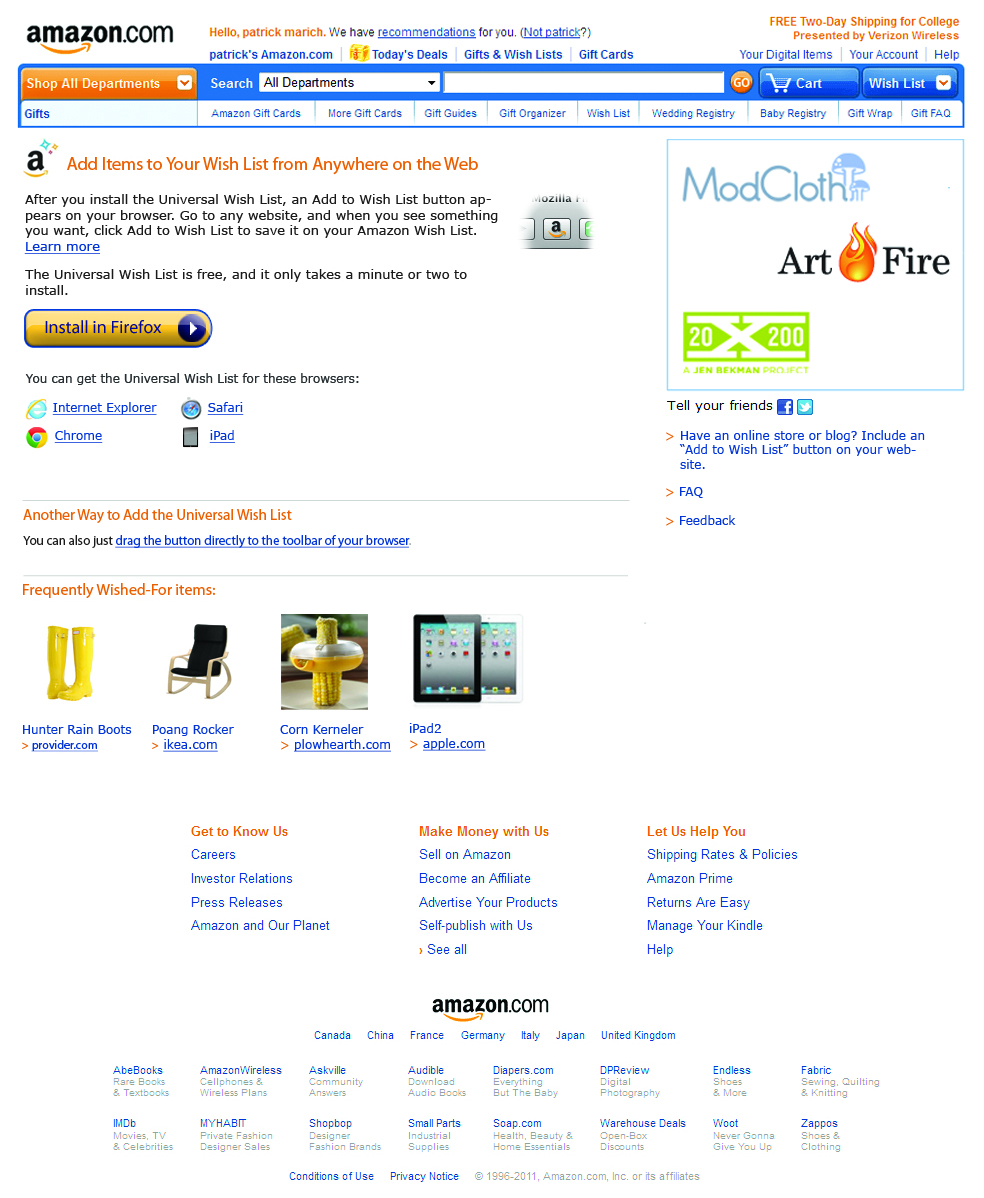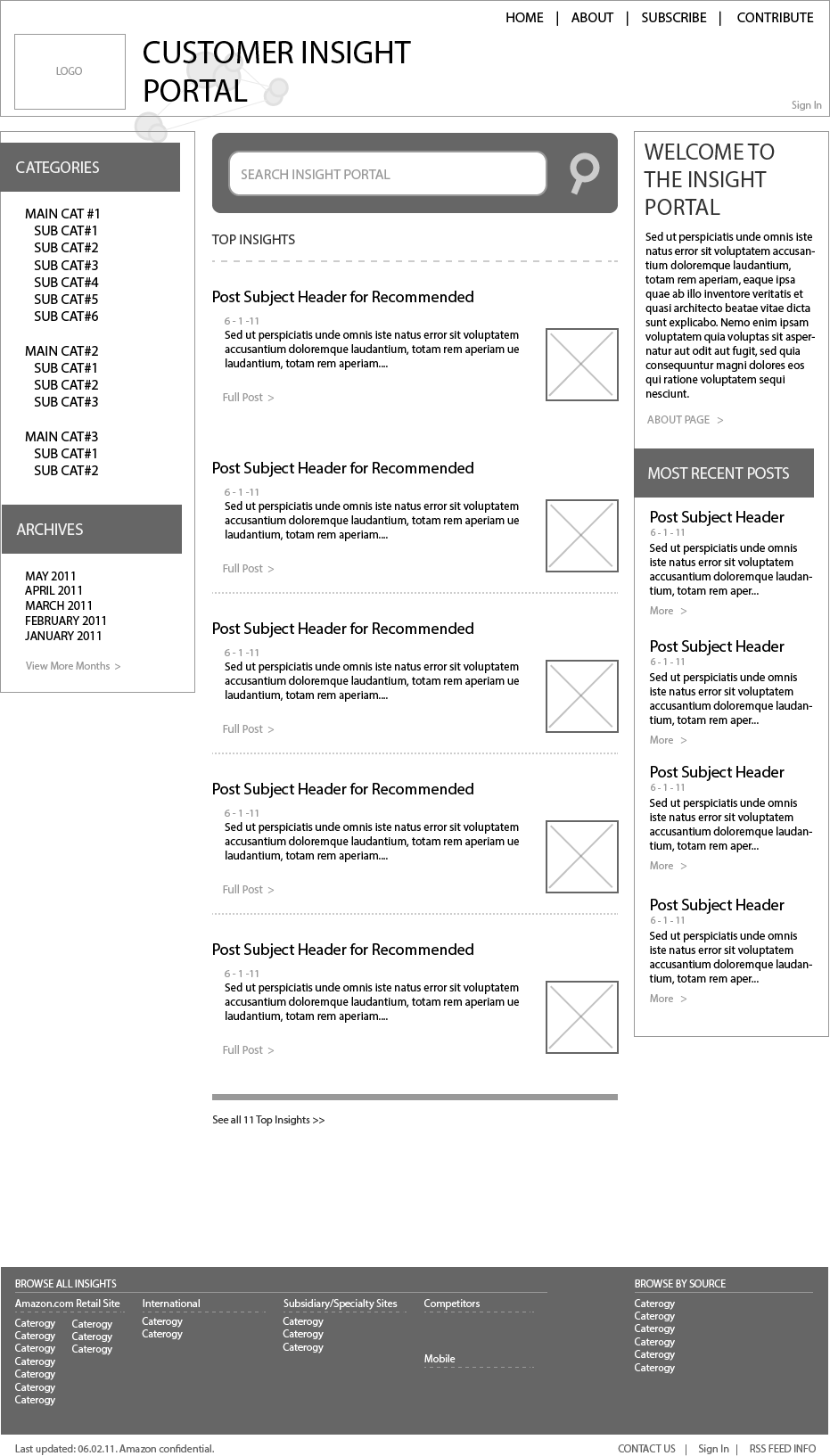Garban’s Gold
By Patrick Marich
For Molly on St. Patrick’s Day, 2022
The day started with the children laughing. Excitement sprung them from their beds in the early hours, when a sheet of morning mist still lay over the clover and the creepers. Thin fog masked the forest in quiet mystery.
The children’s giggles escaped the windows of their homes and pretty soon they were out in the woods, searching among the trees and pawing away the underbrush, hoping to catch a glimpse of the leprechaun.
“I hear if you catch him he has to grant your wish,” said one girl to another.
“My Dad says that my great great great great grandfather found his gold and moved away to live in a castle,” said one boy with pride.
Garbán only smiled, silently sliding between the blades of grass. He moved among the plants and stones, just out of the children’s view. They searched all morning, some even set traps with tasty treats or steaming soda bread, but Garbán kept his distance.
Garbán loved this glorious day, when the Irish children came searching for their fortunes. He remembered St. Patrick himself, a kind man with a charm like Garbán had never known. The whimsical clergyman used his fine magic to convince the serpents who’d hunted Garbán for centuries to leave the green hills and flee to the ocean.
Garbán repaid him with a charm of his own. “It’s not a wish necessarily,” he’d said, “or golden in its nature, but it is a treasure.”
The children searched all day, their lessons set aside while their parents prepared. The smell of boiling vegetables and salted meat permeated the air by afternoon. Heavenly scented bread browned in every oven and by the time the parents could be heard calling the children in from their searching, half of them were already clambering for a seat at their family’s table.
Family, thought Garbán, Friends. The sun escaped and left the rooftops with its dusky remnants. The little doorsteps cooled, but the windows glowed with warmth and laughter spilled out. St. Patrick hadn’t known what he’d meant, but this was it. “A treasure?” he’d asked.
“It’ll be your name,” said Garbán.
When the clinking of the plates and platters grew quiet the doors burst open. Out came the people. They spilled from their homes, instruments in hand. Fiddles and flutes found harmony and the dancers fell into step. Round and round the villagers went, smiles, shrieks, and songs occupying their lips. Garbán watched them in their revelry, lost in their shared joy and the brilliance of the fire.
“Your name will carry with you a blessing that will bring joy to all you hold dear,” he’d told St. Patrick, “to all the children of Ireland and all whose hearts they touch. I can’t say when, but a day will come.”
Garbán watched from the dancers from shadows, undiscovered, but happy. Song filled the night, and in its melody he could hear their souls bound by the moment, by the joy of their companionship.
This day came every year. He could hide gold in every hill and fulfill every human whim, but they’d never be as happy as they were when they stopped to share a moment and celebrate each other. Garbán watched them dance through the night, arm in arm, and there was no finer treasure.














